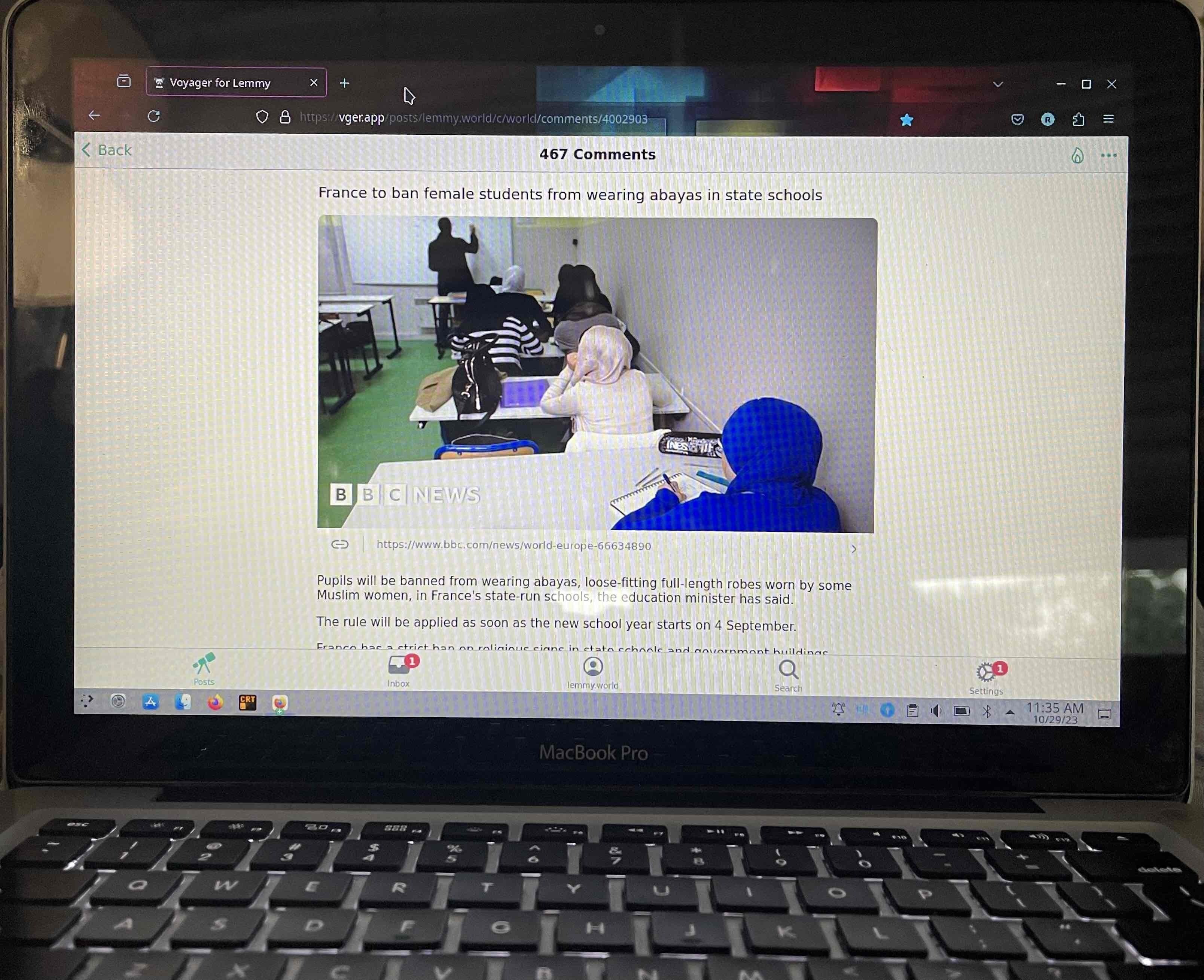

Honestly convenience. It’s easier to use for work. Also just found it easier to for gaming. At least that was true when I first started using Linux 5 or so years ago. I was dual booting on my old build and haven’t taken the time to partition a Linux distro on my new build. I run Kubuntu on a 2011 MacBook Pro for a smart home setup and I love it. The machine was almost useless and now runs about as well as any other laptop I’ve got. So I guess the short answer is I need/like having the option.




The entirety of Coco